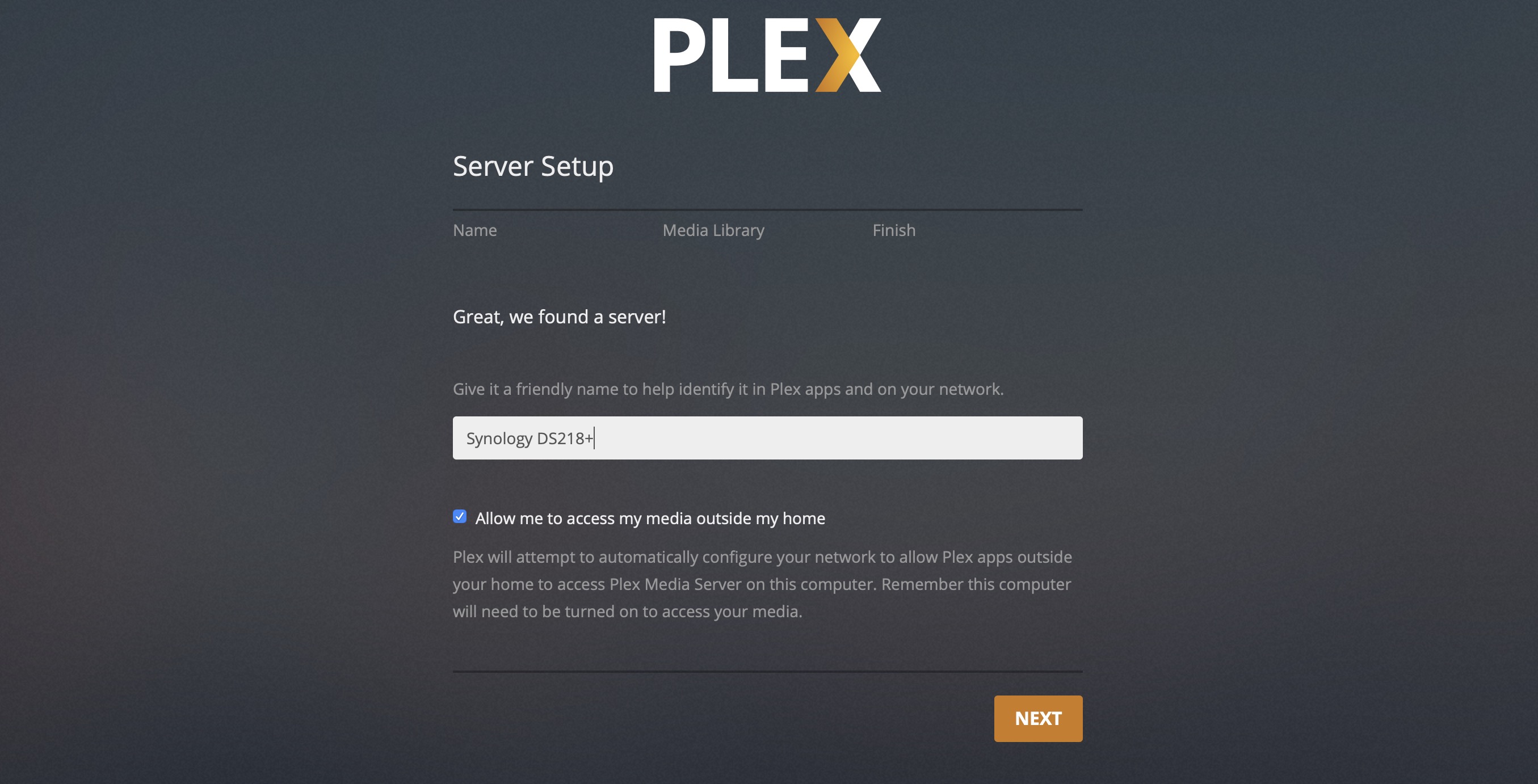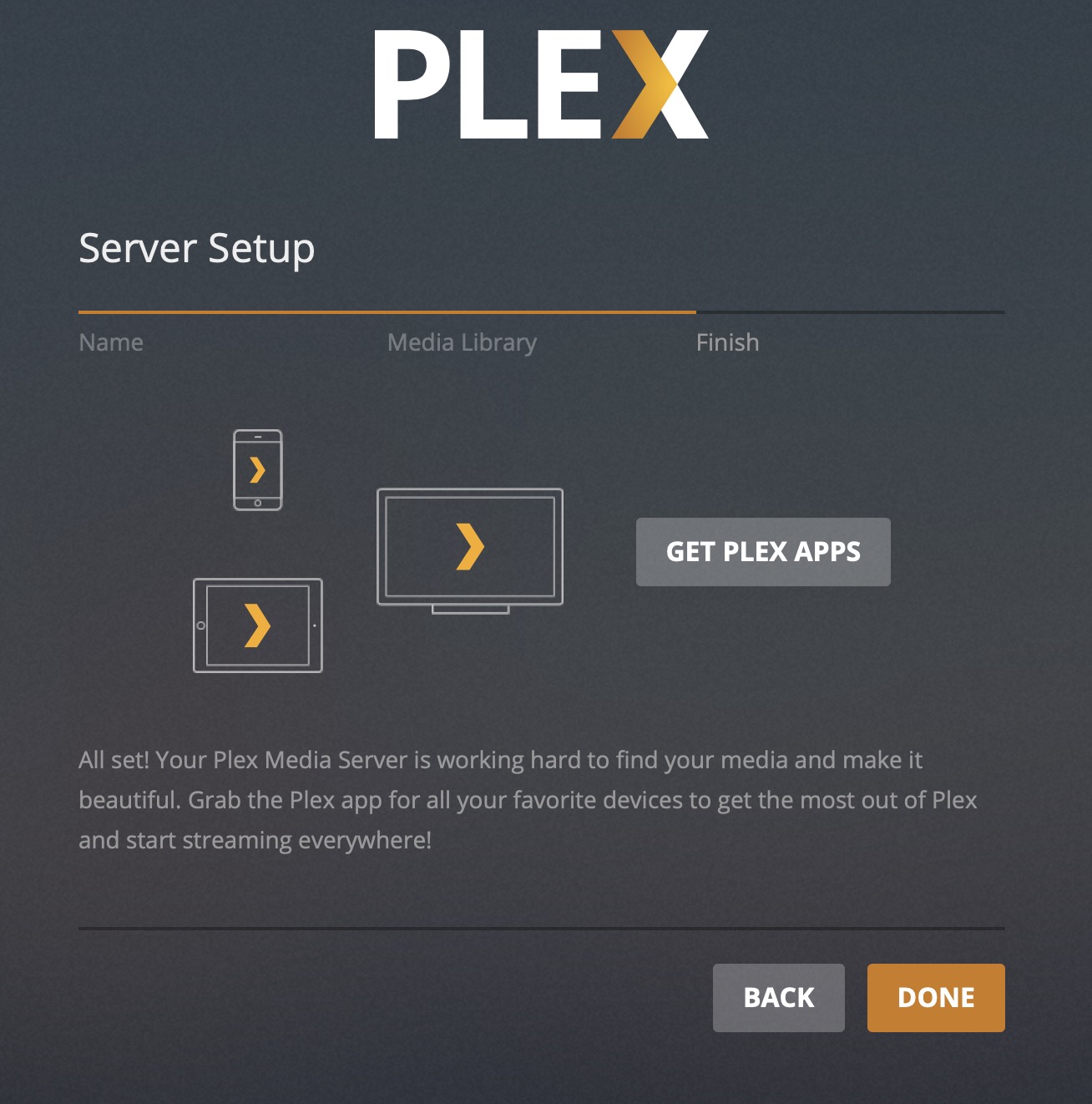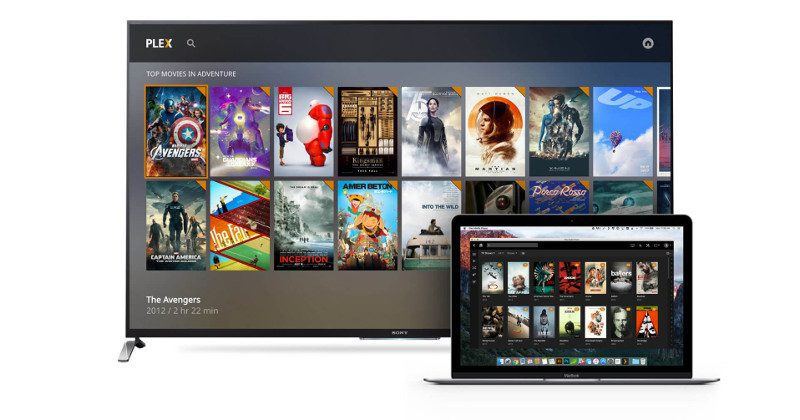

* I am a longtime user of Synology and only recently started with TrueNAS because of their ZFS support and better ability to host VMs.

The benefit of going this route is you bypass monthly fees, load only the photos you want on your iPhone and have a central repository for all your photos and multimedia with offline backup capabilities. If you goof up and delete a bunch of photos, you might be able to get Apple to restore it - nothing is certain. By that, I mean if Apple goofs up and loses data, they can restore it. While Apple backs up their servers, you can't really consider it a backup for you. It's main function is giving you a place to put photos and share them. ICloud is good, but you're limited to what you can do. I haven't personally implemented either of these apps on a TrueNAS (yet). I've seen PhotoPrism implemented and liked the interface. Synology also supports 3rd party apps like Plex Media server that can host photo galleries. I have used this to create slideshows from locally stored photos that could be displayed on any TV in the house. If you're looking for something that's easy to configure and with no monthly cost - this is your best bet. They have a built in tool for media organization that allows for uploads from iDevices, centralized archiving and backing up to external USB drives and to the cloud. Both products have Photos (and full media organization) feature sets: Instead, I suggest you use a NAS like Synology or TrueNAS *.

The first option obviously needs more manual work, so if you are looking for a "install once and let it run" solution go with a cloud backup. install Backblaze or Arq and schedule regular backups to a cloud storage provider like AWS, Google or Microsoft.at the office) and rotate with each backup cycle. get one or several additional drives (>= 2 TB) and use software like SuperDuper or Carbon Copy Cloner to regularly backup the master drive to the clones.Also, the maximal storage you get with iCloud is currently limited at 2 TB (extensible to 4 TB if you also purchase Apple One), so depending on the number of additional photos per day you may run into problems rather soon. Syncing of course also requires adequate storage on all devices. It mainly protects against big failures like damaged drives or lost devices, but if you delete a photo by accident, the deletion will sync across all devices resulting in a photo lost. ICloud/iCloud Photos is more a syncing than a backup solution.


 0 kommentar(er)
0 kommentar(er)
